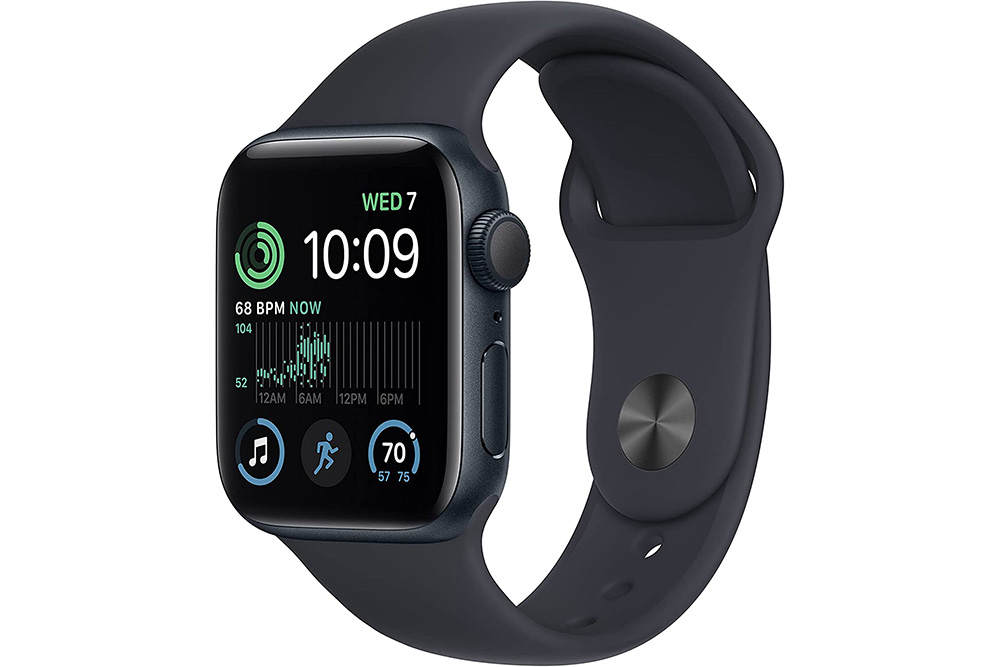The Warrior Diet: An In-Depth Analysis
Intermittent fasting has become increasingly popular in recent years as a way to improve overall health, lose weight, and even boost athletic performance. One specific type of intermittent fasting that has gained a lot of attention is the Warrior Diet. In this article, we will take an in-depth look at the Warrior Diet, its benefits and potential drawbacks, and how to properly implement it into your lifestyle.
Intermittent Fasting for Health and Weight Loss: Understanding the Warrior Diet
The Warrior Diet is a form of intermittent fasting that involves eating one large meal at night and consuming small amounts of fruits, vegetables, and proteins during the day. The idea behind this diet is that our ancestors were hunters and gatherers, and therefore were not able to eat large meals throughout the day. Instead, they would hunt or gather food during the day, and then feast at night. The Warrior Diet aims to mimic this type of eating pattern.
Benefits of the Warrior Diet: Weight Loss, Increased Energy, Improved Digestion, and Hormonal Balance
- Weight Loss: One of the most obvious benefits of the Warrior Diet is weight loss. When you eat one large meal at night, you are less likely to overeat during the day, which can lead to weight loss. Additionally, by eating mostly fruits, vegetables, and proteins during the day, you are more likely to consume fewer calories overall.
- Increased Energy: Many people who have tried the Warrior Diet have reported an increase in energy during the day. This is because when you fast during the day, your body is able to use stored fat as fuel, which can provide sustained energy.
- Improved Digestion: Eating one large meal at night can also help improve digestion. When you eat smaller meals throughout the day, your body never gets a chance to fully digest the food, which can lead to bloating and indigestion. By eating one large meal at night, your body has the whole night to properly digest the food.
- Hormonal Balance: The Warrior Diet can also help balance hormones. When you fast during the day, your body is able to increase the production of growth hormone and insulin-like growth factor, which can improve muscle mass, bone density, and overall health.
Potential Drawbacks of the Warrior Diet: Difficulty Adjusting, Difficulty Sticking to it, Hunger Pangs and Nutritional Deficiencies
- Difficulty Adjusting: The Warrior Diet can be difficult to adjust to, especially for those who are used to eating smaller meals throughout the day. It can take some time to get used to eating one large meal at night, so it’s important to be patient with the process.
- Difficulty Sticking to it: The Warrior Diet can also be difficult to stick to, especially if you have a busy lifestyle. It can be hard to resist the temptation to eat during the day, especially if you are used to eating small meals throughout the day.
- Hunger Pangs: Some people may experience hunger pangs during the day when following the Warrior Diet. This is normal and can be managed by drinking water, consuming low-calorie fruits and vegetables, and practicing mindfulness.
- Nutritional Deficiencies: The Warrior Diet may lead to nutritional deficiencies if not executed properly. Fruits and vegetables are a great source of vitamins and minerals, but not enough to sustain the body for a whole day. It is important to consult with a nutritionist to make sure you are getting enough nutrients to sustain your body.
Implementing the Warrior Diet: How to Start, Find the Right Schedule, Mindful of Portion Sizes and Consult a Nutritionist
- Start Slow: If you’re new to the Warrior Diet, it’s important to start slow. Start by eating one small meal during the day, and gradually work your way up to eating only fruits, vegetables, and proteins during the day.
- Find a schedule that works for you: If you’re someone who prefers to eat your big meal at dinner, then stick to that schedule. But if you find that you’re not as hungry at night, then you can shift your large meal to lunch or even breakfast. The important thing is to find a schedule that works for you and your lifestyle.
- Be mindful of portion sizes: When you do have your large meal, make sure to pay attention to portion sizes. Eating too much at once can lead to feelings of discomfort and indigestion.
- Listen to your body: The Warrior Diet is not a one-size-fits-all approach. It’s important to listen to your body and make adjustments as needed. If you find that you’re not getting enough nutrients during the day, or if you’re experiencing hunger pangs that are too difficult to manage, then it may be necessary to make adjustments to the diet.
- Consult a nutritionist: It is important to consult a nutritionist before starting the Warrior Diet. A professional can help you make sure you are getting enough nutrients and can help you create a plan that works for your individual needs.
In conclusion: Unlocking the Potential of the Warrior Diet
In conclusion, the Warrior Diet is a unique approach to intermittent fasting that can provide a number of health benefits, including weight loss, increased energy, improved digestion, and hormonal balance. However, it can also be difficult to adjust to and stick to, and may lead to nutritional deficiencies if not executed properly. Therefore, it is important to start slow, find a schedule that works for you, be mindful of portion sizes, listen to your body, and consult a nutritionist. With the proper implementation, the Warrior Diet can be a powerful tool for improving overall health and well-being.
Image by fxquadro on Freepik








